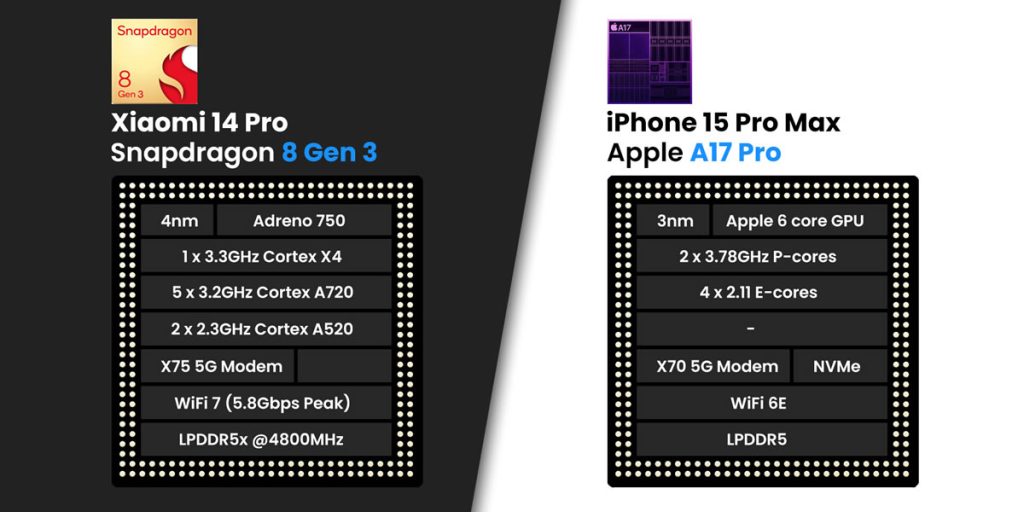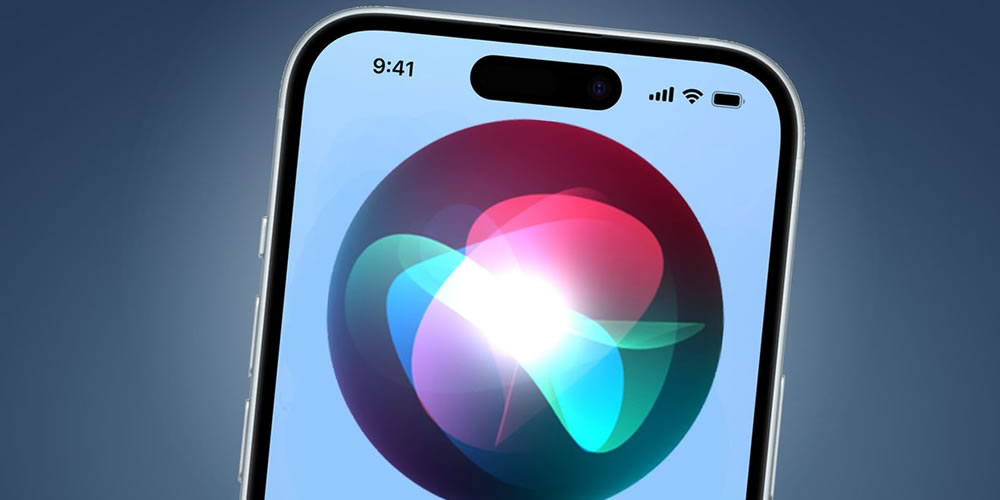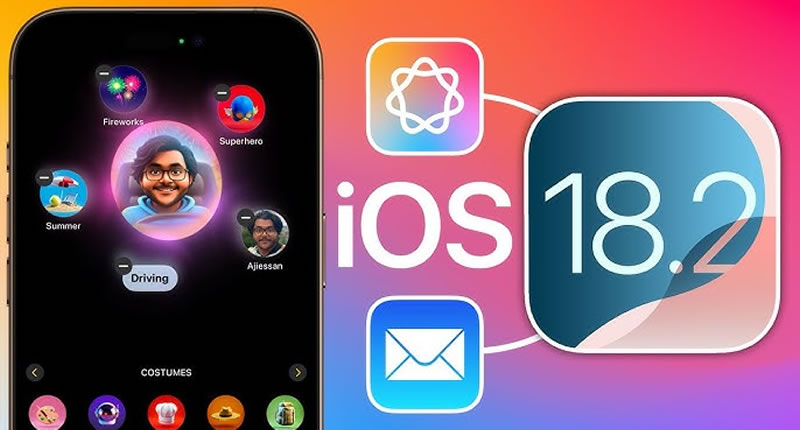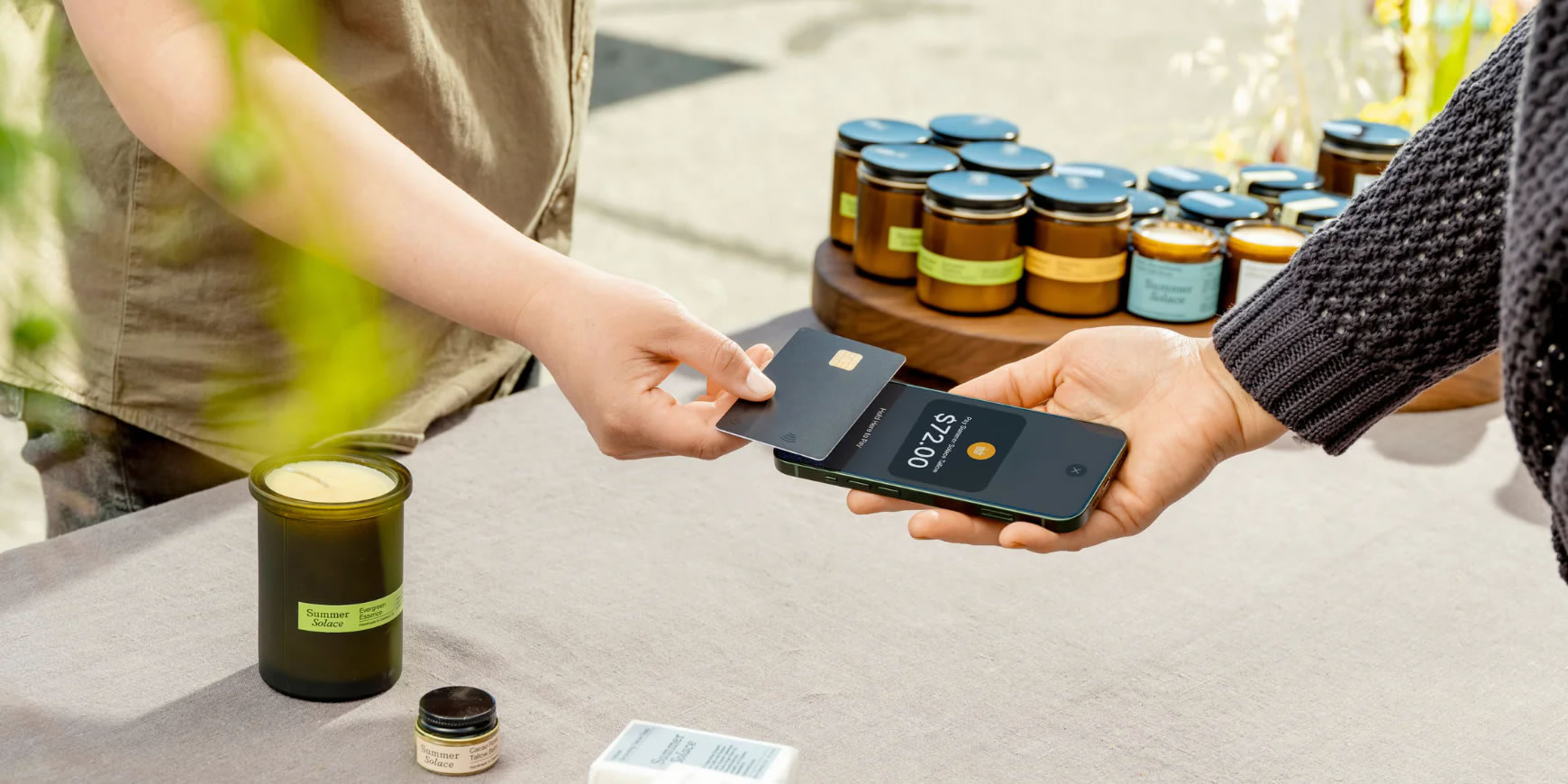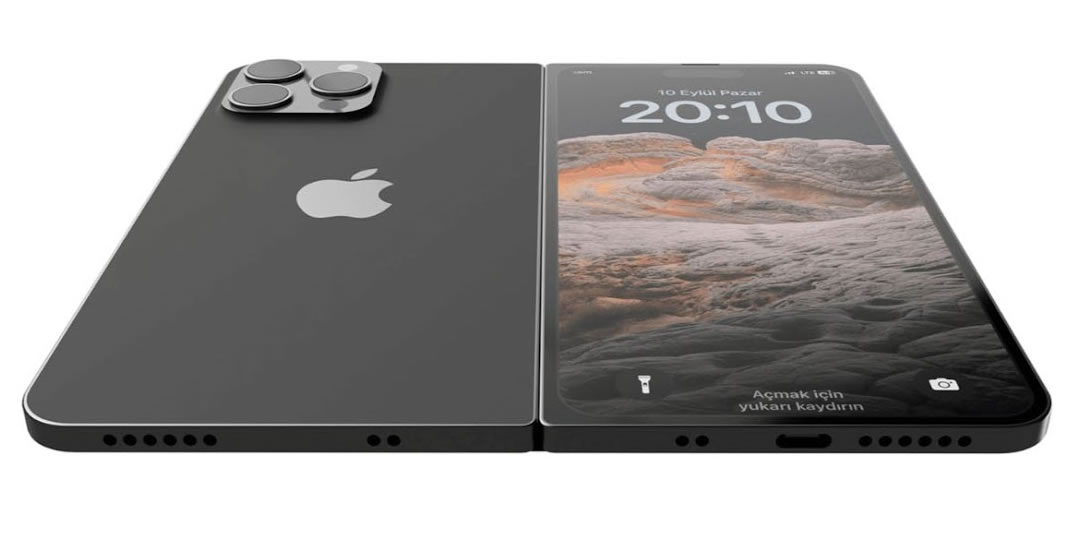Introduction
The recent battery test comparison between the Xiaomi 14 Pro, equipped with the Snapdragon Gen 3 processor, and the iPhone 15 Pro Max, powered by the A17 Pro, has yielded intriguing results. Qualcomm’s newly unveiled Snapdragon Gen 3 platform showcased commendable performance in multicore tests, surpassing Apple’s A17 Pro in processing capabilities. However, when it comes to battery life, the A17 Pro holds an edge over the Snapdragon Gen 3, as revealed by a thorough examination conducted by the TechDroider channel on YouTube.
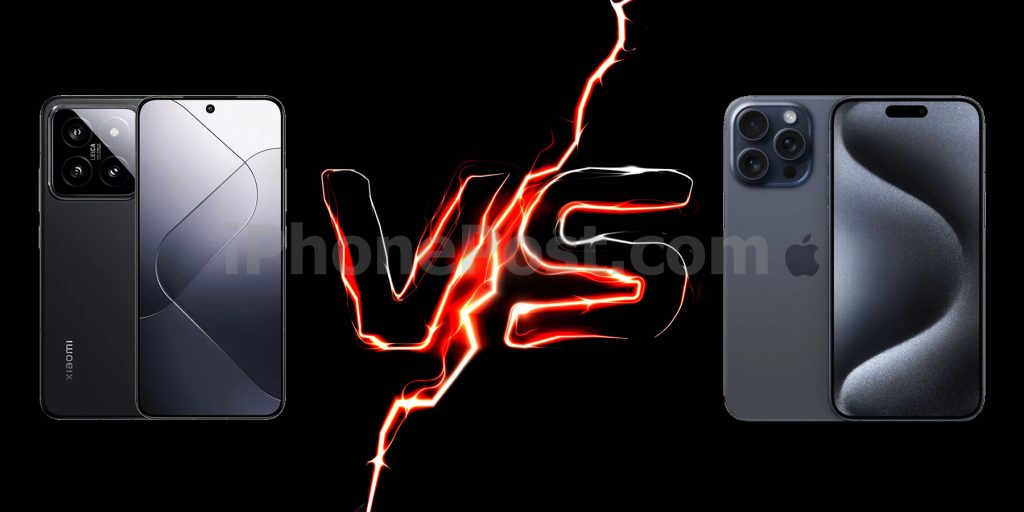
Snapdragon Gen 3 vs. A17 Pro: A Clash of Titans
While Qualcomm’s Snapdragon Gen 3 platform has exhibited prowess in performance metrics, particularly in multicore tests, it falls behind Apple’s A17 Pro in the crucial aspect of battery endurance. This raises questions about the intricate balance between raw processing power and power efficiency, a delicate equilibrium that both manufacturers strive to achieve.
The Battery Battle Unveiled
iPhone 15 Pro Max’s Dominance
Despite the Xiaomi 14 Pro boasting a larger battery capacity of 4880 mAh compared to the iPhone 15 Pro Max’s 4441 mAh, the latter emerged victorious in the battery test, securing a remarkable 11 hours and 54 minutes of continuous usage. The Snapdragon 8 Gen 3-powered Xiaomi 14 Pro claimed the second position with a respectable 10 hours and 24 minutes, while the Galaxy S23 Ultra, driven by Snapdragon 8 Gen 2 and equipped with a 5000 mAh battery, secured the third spot with 10 hours and 5 minutes.
Processing Power and Operating Systems
It’s noteworthy that the Snapdragon Gen 3, manufactured using a 4nm process, exhibits a slightly improved battery life compared to its predecessor. However, the 3nm A17 Pro remains ahead in this crucial metric. An essential consideration here is the operating system disparity between the two contenders. iOS, renowned for its efficient utilization of hardware resources, may contribute significantly to the observed divergence. Unraveling the exact proportion of this difference attributable to manufacturing processes versus software efficiency remains a challenging task.
Conclusion
In the realm of smartphone technology, the competition extends beyond raw performance benchmarks, encompassing the delicate interplay between cutting-edge processors and optimized operating systems. The battery test results between the Xiaomi 14 Pro and iPhone 15 Pro Max underscore the intricate dance between hardware and software efficiency. As consumers, understanding the nuanced dynamics of these elements empowers us to make informed choices when selecting our technological companions.
In summary, while Qualcomm’s Snapdragon Gen 3 impresses in processing capabilities, the A17 Pro demonstrates its prowess by leading in battery endurance. This duality reflects the ongoing pursuit of balance in the ever-evolving landscape of mobile technology.

